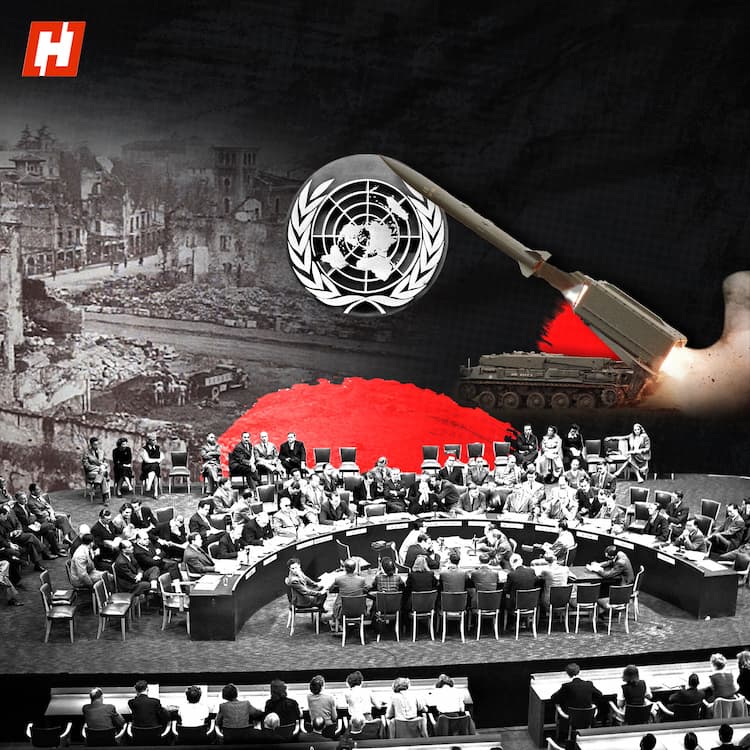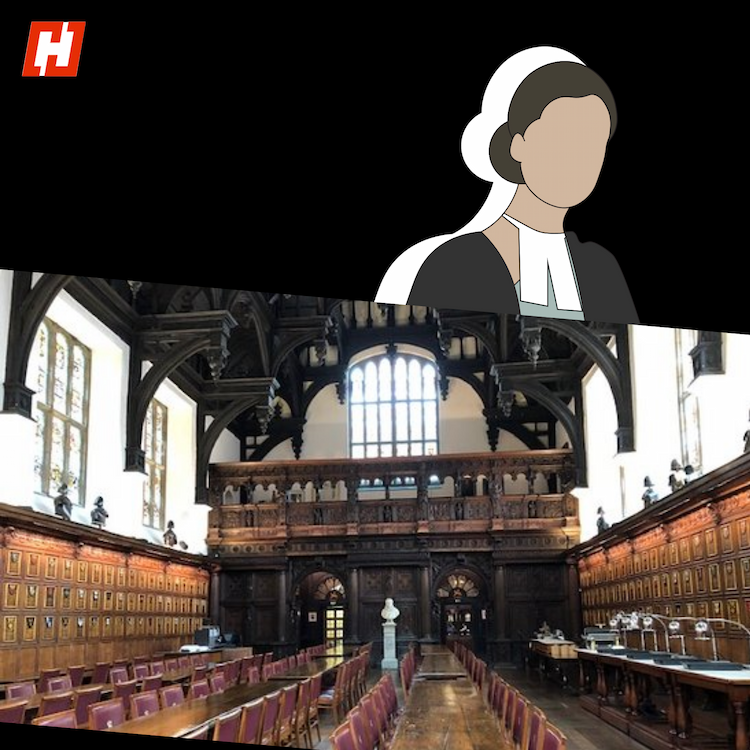A royal marriage with a city as dowry
Royal marriages have always been more about strategy than sentiment. On July 3, 1661, under a marriage treaty between the Portuguese princess, Catherine of Braganza and King Charles II, the Portuguese kingdom handed over Bombay as dowry to the British Crown.
At the time, Bombay was a cluster of seven islands under Portuguese control. The marriage alliance between the two royal families was both a diplomatic and strategic move.
The Marriage Treaty of June 23, 1661, granted Charles II, in addition to Catherine's hand, the hard-won port cities of Tangier (Morocco) and Bombay. The Treaty also granted the British exclusive trading rights in Brazil and the Portuguese East Indies, religious freedom for English merchants in Portugal, and a cash dowry of two million Portuguese crowns.
Bombay's coming of age
For the English Crown, the then Bombay was more of a burden than a bargain—humid, economically unproductive, and geographically isolated. Therefore, Charles II leased the land to the East India Company for a nominal rent of £10 per year under a Royal Charter.
Despite early tensions—such as competition with the Portuguese viceroy in Goa and delays in fully delivering all islands—the strategic value of Bombay’s deep natural harbour was soon recognized.
In 1687, the East India Company shifted its presidency from Surat to Bombay, solidifying its administrative importance. Under Company rule, Bombay transformed from a neglected outpost into a thriving port city, eventually becoming the commercial capital of colonial India. Over the ensuing centuries, the islands underwent massive land reclamation, merging into a single landmass.
From Bombay to Mumbai
Bombay’s status grew from major seaport to British Bombay Presidency capital, eventually becoming modern Mumbai, India’s financial and cultural powerhouse. The transfer of Bombay through a royal dowry illustrates how geopolitical marriages shaped the fates of cities and empires.
What began as a dowry token blossomed into one of the world’s most populous and dynamic cities, transforming an imperial gift into a global metropolis.
Image Source: Sarmaya Foundation, The Guardian
*This article has been curated by Hook. All claims and opinions expressed belong to the original author. Hook does not verify or endorse the information presented and is not responsible for its accuracy.*






